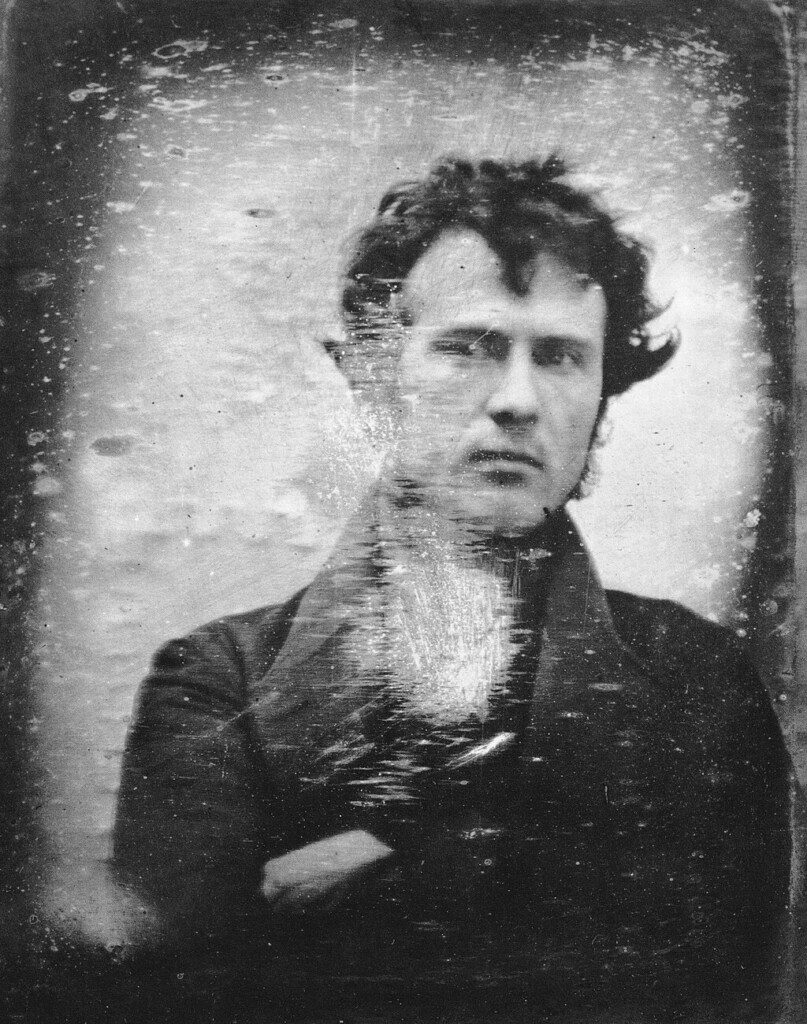Historic photos prove is worth a thousand words, but sometimes those words are, “Needs more information.” This photo collection shows funny, tragic, curious, horrifying, and heartwarming moments captured since the advent of modern photography. These photos, without context, would show curious and bizarre moments of time, leaving the viewer with more questions than answers. But behind these curious moments are the stories. Stories that change history, capture intimate moments, or help us understand ourselves. Context is vital to translating the photo and making sense of its greater story. So yes, a picture is worth a thousand words, but that doesn’t mean the words themselves should be lost in translation.

ADVERTISEMENT - CONTINUE READING BELOW
The First Selfie: Robert Cornelius Changes Photography (1839)
In fall of 1839, 30-year-old photography enthusiast Robert Cornelius was experimenting with the daguerreotype method. His subject was a self-portrait, taken in the backyard of his family’s gas lighting business in Philadelphia. Historians consider Cornelius’s experimental image to be the first photographic ‘selfie.‘ Once the camera and lighting were set, he took the lens cap off, and ran into the frame. He then ran back to cover the lens. The daguerreotype was a new method of photography, using metal plates treated with iodine and (later) bromine, creating an image in 30 seconds to two minutes instead of the 25 minutes of earlier photography. Portraiture became much easier for the subject, making daguerreotype a commercial success. In a collection given to the Library of Congress by Cornelius’s descendants, he was no mere hobbyist. The collection contains experimental lenses and patent papers showing his serious interest in furthering photographic technology.

